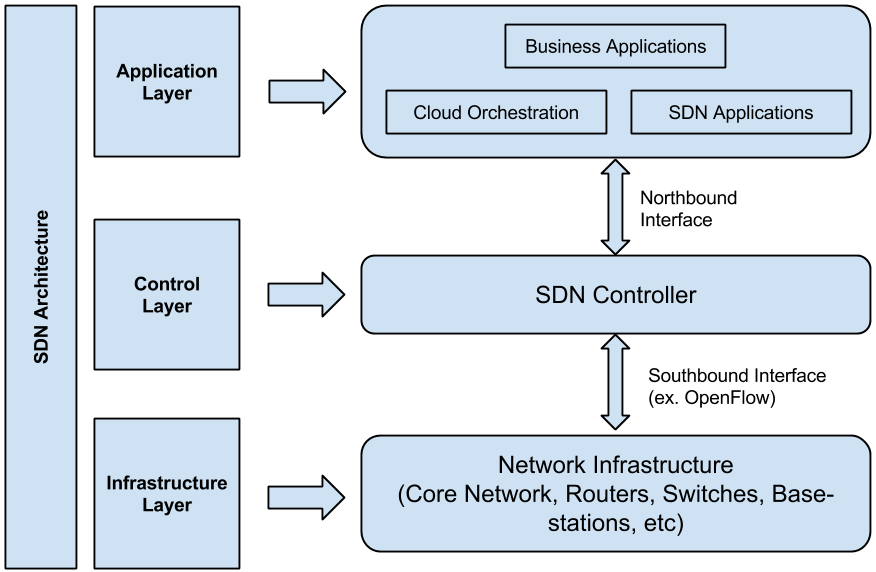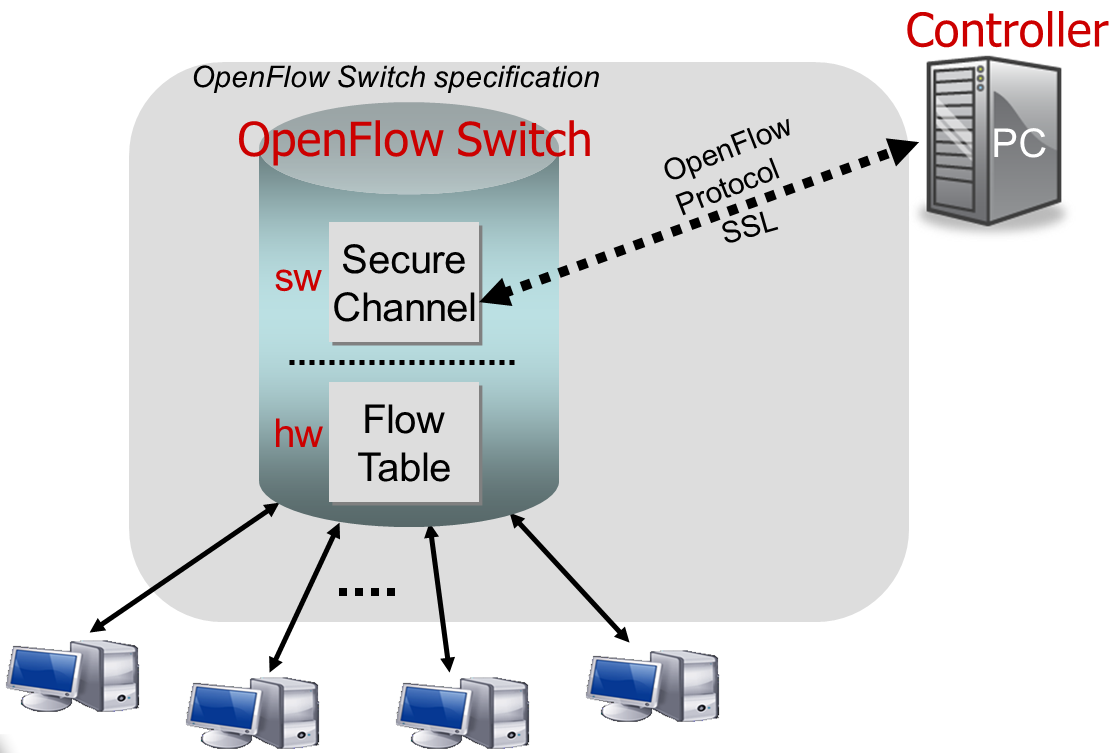Traditional networks are usually built with tiers of Ethernet switches in a tree structure. However, the development of mobile devices, server virtualization and cloud computing service has driven the need for dynamic computing and storage in data centers. Thus, the concept of software-defined networking (SDN) was put forward to construct a more flexible and agile network. This technology has widely caught people’s attention in the industry over the years. In this post, some basic knowledge about SDN will be introduced to help you have better understanding.
SDN is a developing network architecture that aims to directly program the network computing. Through the open interfaces and abstraction of lower-level functionality, this approach allows the network administrators to programmatically initialize, control, change and manage network behavior dynamically. SDN is different from the traditional network architecture whose network devices are based on both control plane and data plane. Instead, SDN puts the control plane on the SDN controller to communicate with a physical or virtual switch data plane through the OpenFlow protocol.

Here are some fundamental features of the SDN architecture:
- Instantly programmable: Network control is directly programmable for it is decoupled from forwarding functions.
- Agile: Administrators can dynamically adjust network-wide traffic flow to meet changing needs.
- Centralized management: Network intelligence is centralized in SDN controllers that maintain a global view of the network.
- Programmatically configured: Network managers can configure, manage, secure, and optimize network resources very quickly by dynamic, automated SDN programs.
- Open standards-based and vendor-neutral: SDN simplifies network design and operation since instructions are provided by SDN controllers instead of multiple, vendor-specific devices and protocols.
OpenFlow is a type of communication protocol that provides access to the forwarding plane of a network switch or router over the network. It is considered to be the first SDN standard, which enables network controllers to determine the path of network packets across a network of switches. In order to work in an OpenFlow environment, all the equipment should support the OpenFlow protocol to communicate to an SDN controller.

- Point 1, SDN controller can get centralized control of OpenFlow-enabled devices from any vendors instead of managing the devices from different vendors separately.
- Point 2, OpenFlow-based SDN provides a flexible network automation and management architecture, and can develop a variety of automated network management tools to replace the current manual operation which greatly reduces the complexity.
- Point 3, SDN increases higher rates of business innovation and allows IT network operators to meet specific business needs and variable user needs in real time by explicitly programming or reprogramming the network.
- Point 4, SDN enables IT to define the configuration network and develop management policies at a higher level and distributes the information to the network infrastructure through OpenFlow, which has increased the network reliability and security.
- Point 5, OpenFlow’s flow control model allows IT to deploy network policies at a granular level which is a higher abstraction and automated deployment level including session-level, user-level, device-level and application-level.
- Point 6, through centralized network control and network application status information, SDN can provide better dynamic user experience.
Future network will depend on more and more software to accelerate the pace of network innovation. SDN is committed to changing the current static network into a dynamic and programmable one. With so many advantages and industrial potentiality, SDN will definitely become the new standard of future network.
